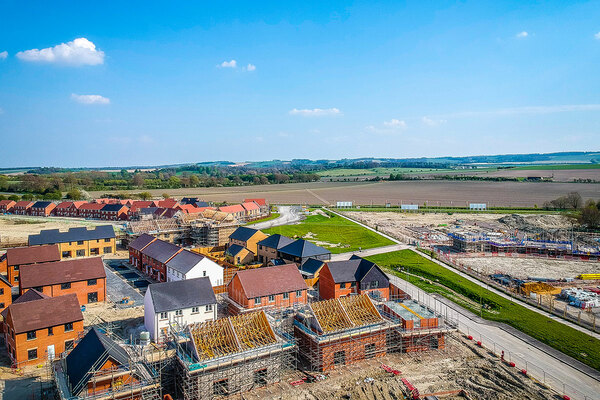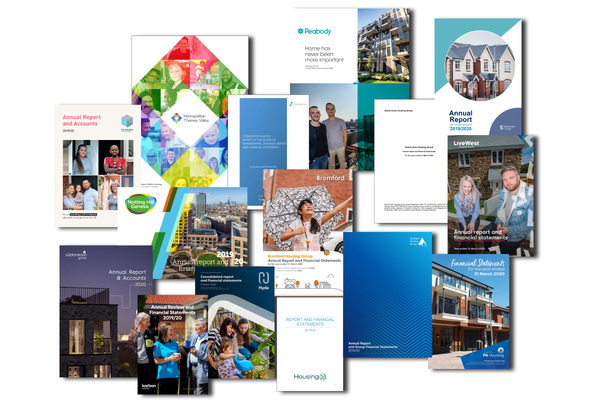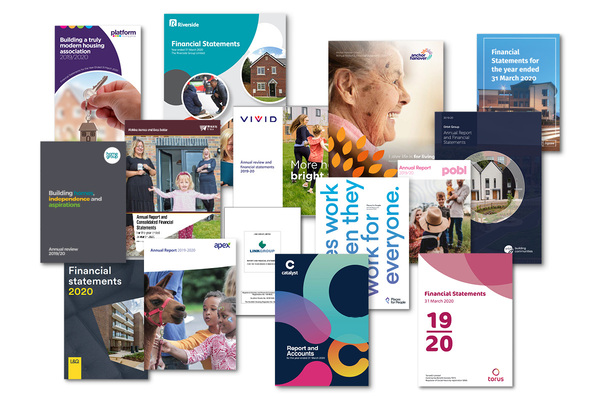You are viewing 1 of your 1 free articles
 Chan Kataria OBE
Chan Kataria OBEChan is the Group Chief Executive of emh group, a housing and care group with a turnover of £125m, 1,100 employees and over 20,000 homes ...more
Beware: financial statements can be deceptive
Superficial readings of housing association financial statements risk damaging the sector and painting an inaccurate picture of the impact the sector is having, warns Chan Kataria
As the financial statements for the year ending March 2020 start coming out, headlines speak yet again of housing associations with large surpluses.
This runs alongside the narrative that housing associations are awash with cash, don’t invest enough in homes and services, and represent poor value for money. This is largely inaccurate and we must get better at telling our story.
Let’s get some of the technicalities out of the way. A lot of the high surpluses are made up of accounting adjustments and non-operating items. Once you remove one-off sales income, pension adjustments and other anomalies such as goodwill resulting from mergers, the true position becomes more apparent.
The cash flow position tells a different story.
“COVID-19 and its economic consequences will change the nature of our income and costs”
The latest global sector accounts, although slightly out of date, showed a surplus of £3.5bn on an aggregate turnover of £20.9bn. However, the sector also invested more than £12bn in new supply and £5.5bn on stock investment, part funded by debt amounting to £76.9bn.
So, the picture here is one of high and rising debt supported by housing assets to fund increasing investment.
There are challenges to our financial model of course. COVID-19 and its economic consequences will change the nature of our income and costs.
For a start, the September Consumer Price Index at 0.5% means that rent increases for next year (and its cumulative effect on future years) will be lower than that assumed in most financial plans.
Low or negative interest rates will put pressure on associations with free-standing derivatives. In the last regulatory quarterly survey, the mark-to-market exposure was around £2.7bn and this could easily go up.
Many operational costs will go up as we make workplaces and services COVID-compliant. The costs of supporting our residents and communities will also increase as the economy takes a further hit and joblessness increases.
Care services will face problems as the costs of providing safe and compliant services, combined with the longer-term challenges of under-funding, make them less viable.
On the positive side, other costs will reduce. The costs of running offices, travelling and events, for instance, will go down as we move towards new ways of working. It is essential that we rigorously capture these savings to both offset the rising costs and to enable investment in technology to facilitate new ways of working.
Aside from this, there are increasing demands on our financial plans.
“On the positive side, other costs will reduce. The costs of running offices, travelling and events, for instance, will go down as we move towards new ways of working”
This includes increased investment in existing homes to meet safety and sustainability standards and encompasses the need to build more homes. The government has provided new funding for affordable homes and while this is not enough to address the housing crisis, housing associations are in a better position to argue for more funding if we up our game to deliver more homes.
Our sector is used to reinventing itself and I have no doubt we will do so again in the post-COVID world. EMH has been around for 75 years and I am proud of the way we have adapted and developed over the years to meet significant challenges – from the chaos of the post-war years to the more recent financial crisis. As a sector we will come out of the pandemic stronger and fitter.
Central to this is the need to dispel the all-too-prevalent perception that associations are inefficient. We need to demonstrate value for money in everything that we do. In the new world, collaboration and partnership will be key to this.
A good example of this is the impressive way in which housing associations and local authorities have come together to jointly procure PPE to increase certainty of supply and reduce unit costs.
Organisations where boards are consistently obsessed with value for money and set clear targets are more likely to achieve better outcomes here. But that’s not enough because we also need to communicate this more effectively. Sending out our annual reports and financial statements without explanation or context is not the way to do it. We need to tell the good story behind the nominal profit that shows how we are investing to deliver our mission.
I have several financial statements and annual reports in my inbox and I can see that the superficial numbers don’t do justice to the great work that we do in our sector. You can imagine what the local politicians might think when they look at the same reports.
Chan Kataria, chief executive, EMH Group
Sign up for our daily newsletter
Already have an account? Click here to manage your newsletters












